80 kg to 60kg Weight Loss Diet Plan: Transform Your Body in 90 Days
Ready to transform? Follow this 80 kg to 60kg weight loss diet plan and drop 20 kg in 90 days with easy meal charts, proven strategies, and motivation.
If you’re sitting at 80 kg and aiming to reach 60 kg, you’re not alone—more than 1 in 3 adults worldwide are actively trying to lose weight, according to the CDC.
The good news? With a structured plan, you can achieve real results in just 90 days. This guide isn’t about starving yourself or living on salads.
Instead, you’ll find an 80 kg to 60kg weight loss diet plan packed with balanced meals, smart food swaps, and simple strategies that actually work. And yes—you can still enjoy real food while watching the scale drop. Ready to start your transformation?
Why the 80 kg to 60kg Weight Loss Diet Plan Matters
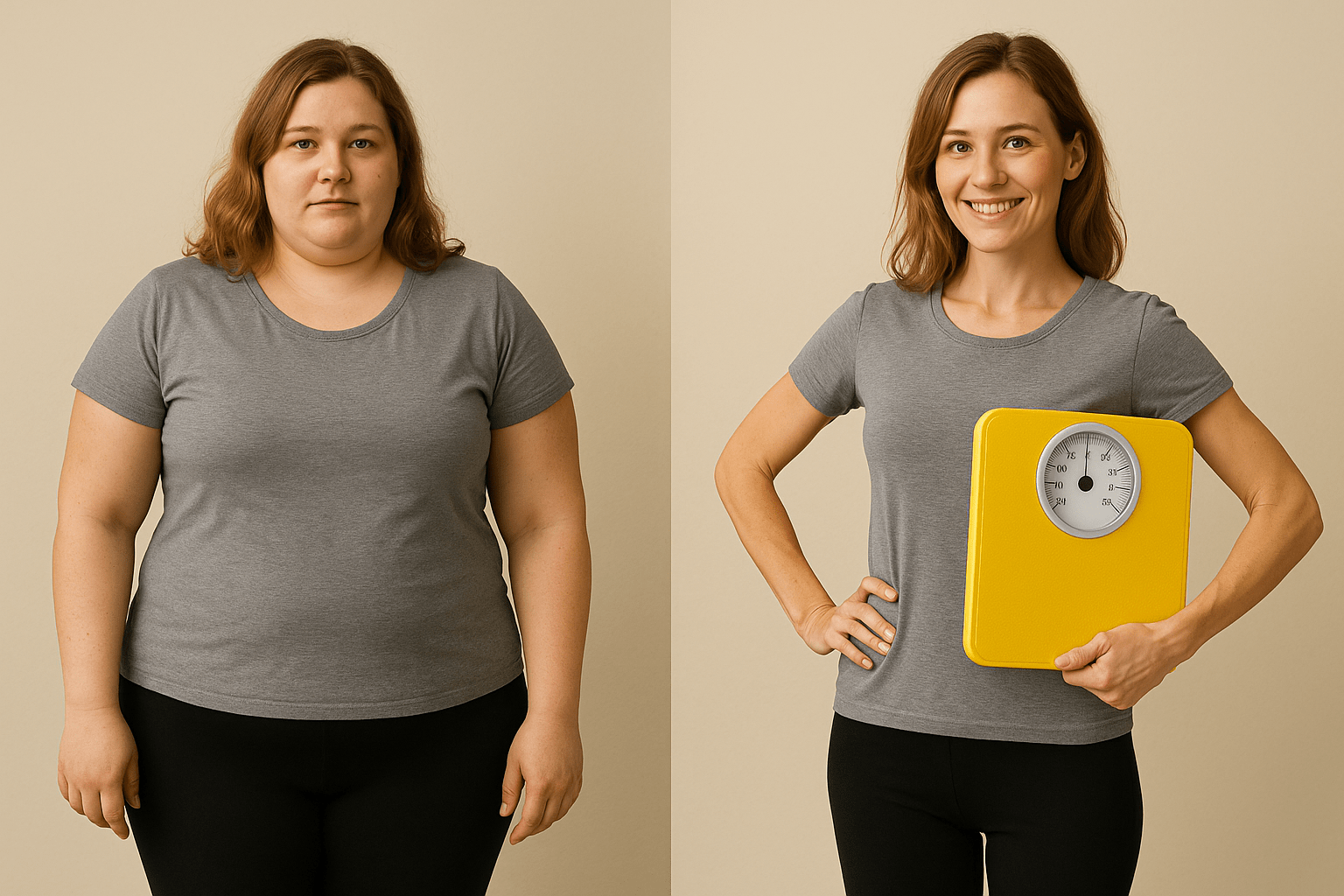
Losing 20 kg is not just about looking different. It’s about feeling healthier and building habits that last. Many people try random diets or skip meals, but that often leads to weight gain again. A structured 80 kg to 60kg weight loss diet plan helps you follow a safe path, stay consistent, and see steady progress.
Research shows that people who follow a proper diet plan with balanced meals and portion control are more likely to maintain a healthy weight. The CDC notes that gradual weight loss of 0.5–1 kg per week is safer and more effective than quick fixes. That’s exactly what this 90-day plan is designed to do.
"Want a ready-to-follow meal plan? Check out Balance Bite for expert-designed diet charts, personalized to your weight loss journey.”
How a Structured Weight Loss Plan Prevents Weight Gain and Unhealthy Foods
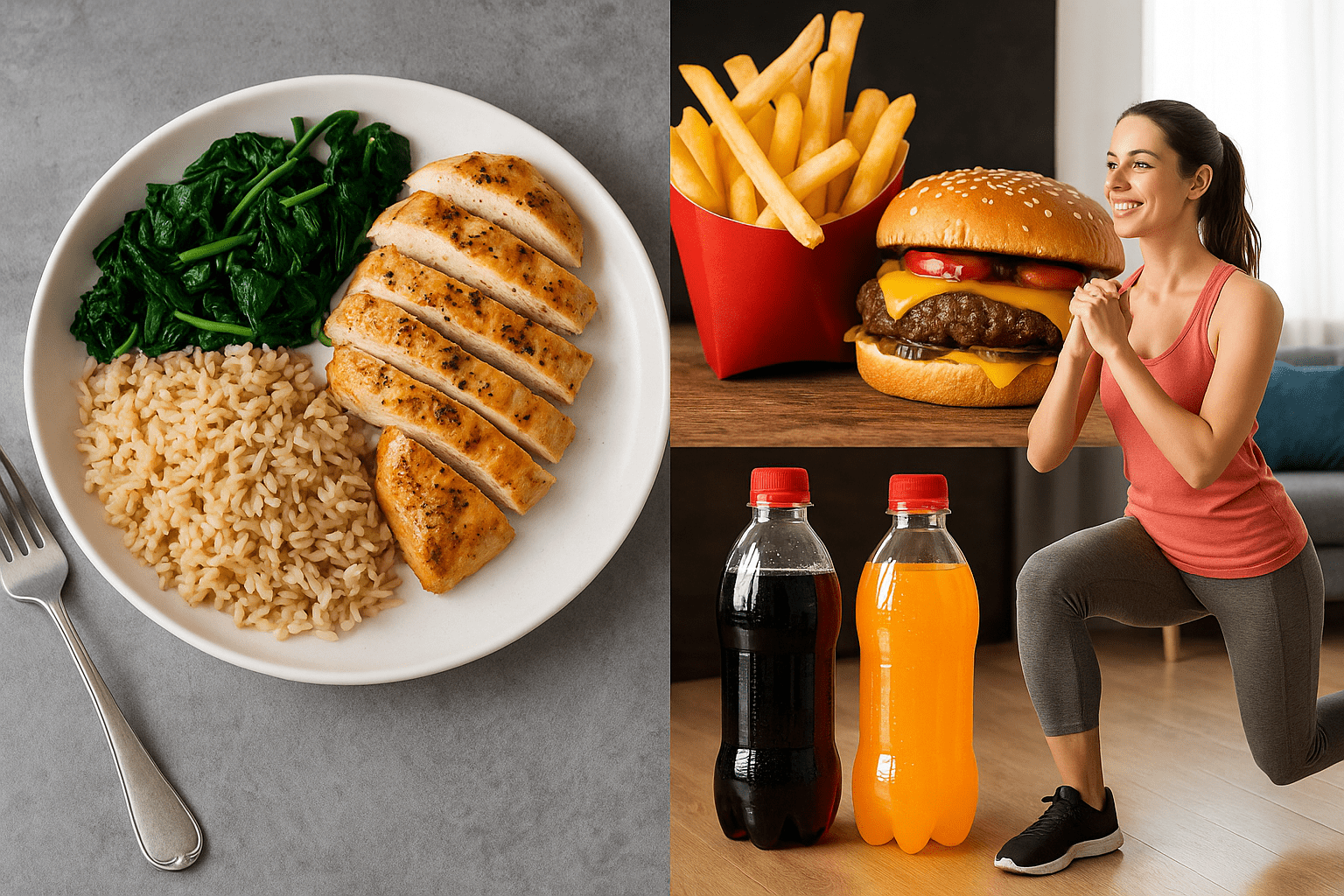
A clear plan keeps you away from mistakes that most people make. Without one, it’s easy to eat more calories, fall for junk foods, or skip meals and end up overeating later.
Here’s how a structured plan helps:
-
Stops overeating – Portion control prevents you from consuming more calories than your body needs.
-
Encourages a balanced diet – Focus on whole grains, fruits, vegetables, lean proteins, and healthy fats.
-
Cuts unhealthy foods – Avoid fried foods, refined foods, processed foods, carbonated drinks, and bakery products.
-
Keeps your body fueled – Regular meals and snacks prevent sugar crashes and cravings.
-
Supports lifestyle changes – Small steps, like drinking green tea, staying hydrated, and adding physical activity, make weight loss easier to stick with.
When you follow a structured weight loss diet plan, you don’t just lose weight—you learn healthy habits that protect you from weight gain in the future.
“Balance Bite makes portion control easy with tailored diet plans that fit into your daily life. Explore how you can lose weight without skipping meals.”
Understanding the Basics of a Weight Loss Diet Plan
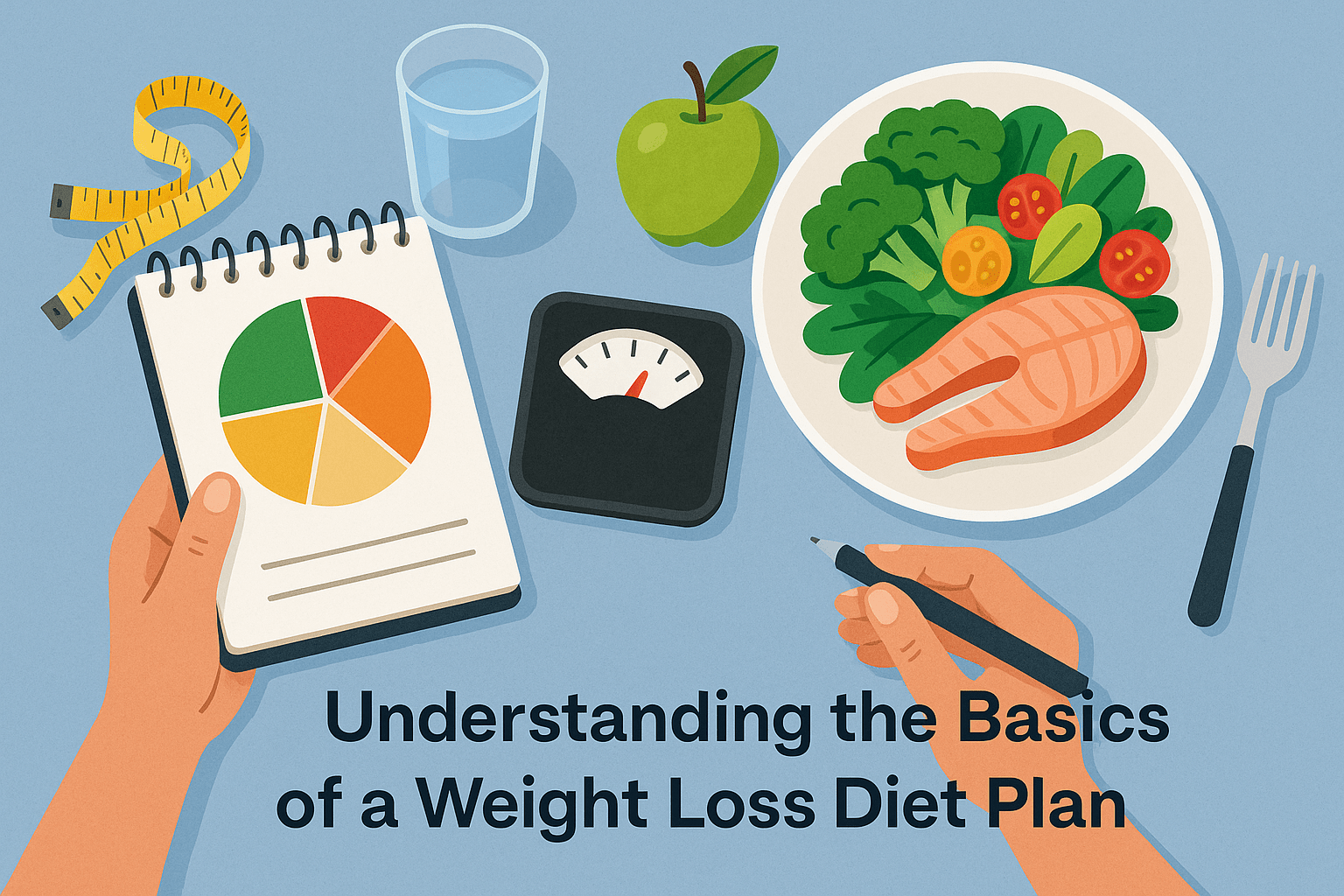
Starting an 80 kg to 60kg weight loss diet plan may feel hard at first, but the basics are simple. A weight loss diet means you eat fewer calories than your body burns. Experts call this a “calorie deficit.” According to the CDC, losing 0.5 to 1 kg per week is safe and effective.
You don’t need to skip meals or rely on processed foods. Instead, you focus on a balanced diet that fuels your body and helps you lose weight safely. A clear diet chart with proper meals and snacks will make your weight loss journey easier and more sustainable.
Balanced Diet vs. Crash Diets: Avoiding Fried Foods, Junk Foods, and Processed Foods
| Aspect | Balanced Diet (Recommended) | Crash Diet (To Avoid) |
|---|---|---|
| Approach | Focuses on whole foods: vegetables, fruits, lean proteins, whole grains | Extreme restrictions, often skips meals or food groups |
| Food Choices | Avoids fried foods, junk foods, and processed foods | May rely on processed shakes, packaged foods, or quick-fix items |
| Sustainability | Long-term lifestyle change; steady weight loss from 80 kg to 60 kg | Unsustainable, short-term results; high chance of regaining weight |
| Nutritional Value | Provides balanced vitamins, minerals, and fiber | Lacks essential nutrients; may cause fatigue and weakness |
| Effect on Health | Boosts metabolism, improves digestion, supports immunity | Can harm metabolism, lead to nutrient deficiencies, and weaken immunity |
| Weight Loss Outcome | Steady 0.5–1 kg per week, safe for 90-day 20 kg reduction | Quick drop in weight, mostly water loss, not real fat burn |
Role of Whole Grains, Brown Rice, High Fiber Foods, and Healthy Fats
Whole grains and brown rice are rich in fiber. Fiber keeps you full and reduces cravings. High fiber foods like oats, beans, and vegetables help control calorie intake by slowing digestion. This makes it easier to follow a long-term weight loss diet plan.
Healthy fats, found in nuts, seeds, and olive oil, are also important. They protect your heart and support effective weight loss when eaten in small portions. Avoid fried foods and processed foods that add more calories without nutrients.
-
Choose whole grains like oats, quinoa, and brown rice.
-
Add high fiber foods such as beans, fruits, and leafy greens.
-
Include healthy fats from walnuts, flax seeds, and olive oil.
-
Avoid junk foods, refined foods, and unhealthy snacks.
-
Balance all food groups for safe, healthy weight loss.
“Confused about which foods to pick? Balance Bite’s nutrition experts design balanced meals with whole grains, healthy fats, and fiber-rich foods to keep you full and energized.”
Step-by-Step 90-Day Diet Plan to Lose 80kg to 60 kg Weight Safely
Phase 1: Days 1–30 – Building the Foundation
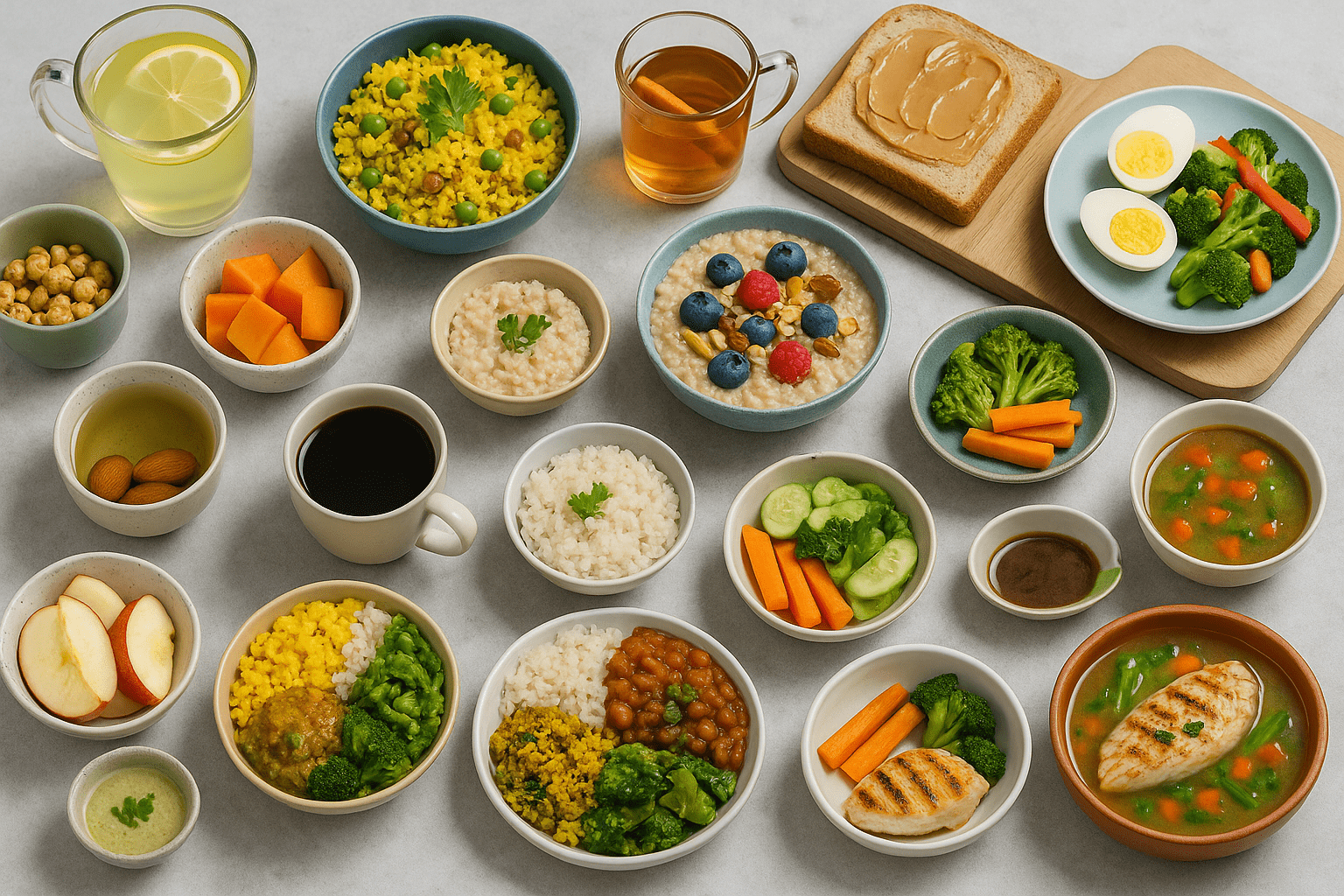
Focus: Create a calorie deficit without skipping meals.
Breakfast Options:
-
Warm water with lemon + vegetable poha with peas
-
Cinnamon water + boiled eggs with sautéed vegetables
-
Oats porridge topped with fruits and nuts
-
Upma with coconut chutney (light oil use)
-
Brown bread toast + peanut butter + banana slices
Mid Morning Snack Options:
-
Green tea + roasted chana
-
Coconut water + 2 soaked almonds
-
Papaya or watermelon slices
-
Apple + cinnamon sprinkle
-
Buttermilk with mint
Lunch Options:
-
Brown rice + dal + bhindi sabzi + cucumber salad
-
Quinoa + grilled paneer + sautéed beans
-
Chapati (2) + rajma curry + salad
-
Grilled chicken breast + steamed broccoli + carrot sticks
-
Vegetable khichdi with curd
Evening Snack Options:
-
Black coffee + walnuts
-
Herbal tea + roasted makhana
-
Green tea + sprouts chaat
-
Carrot and cucumber sticks with hummus
-
Small fruit bowl (guava, orange, or kiwi)
Dinner Options:
-
Clear vegetable soup + grilled fish
-
Moong dal chilla + mint chutney
-
Tofu stir fry + sautéed vegetables
-
Paneer bhurji + sautéed spinach
-
Vegetable salad with boiled chickpeas
Phase 2: Days 31–60 – Accelerating the Weight Loss Journey
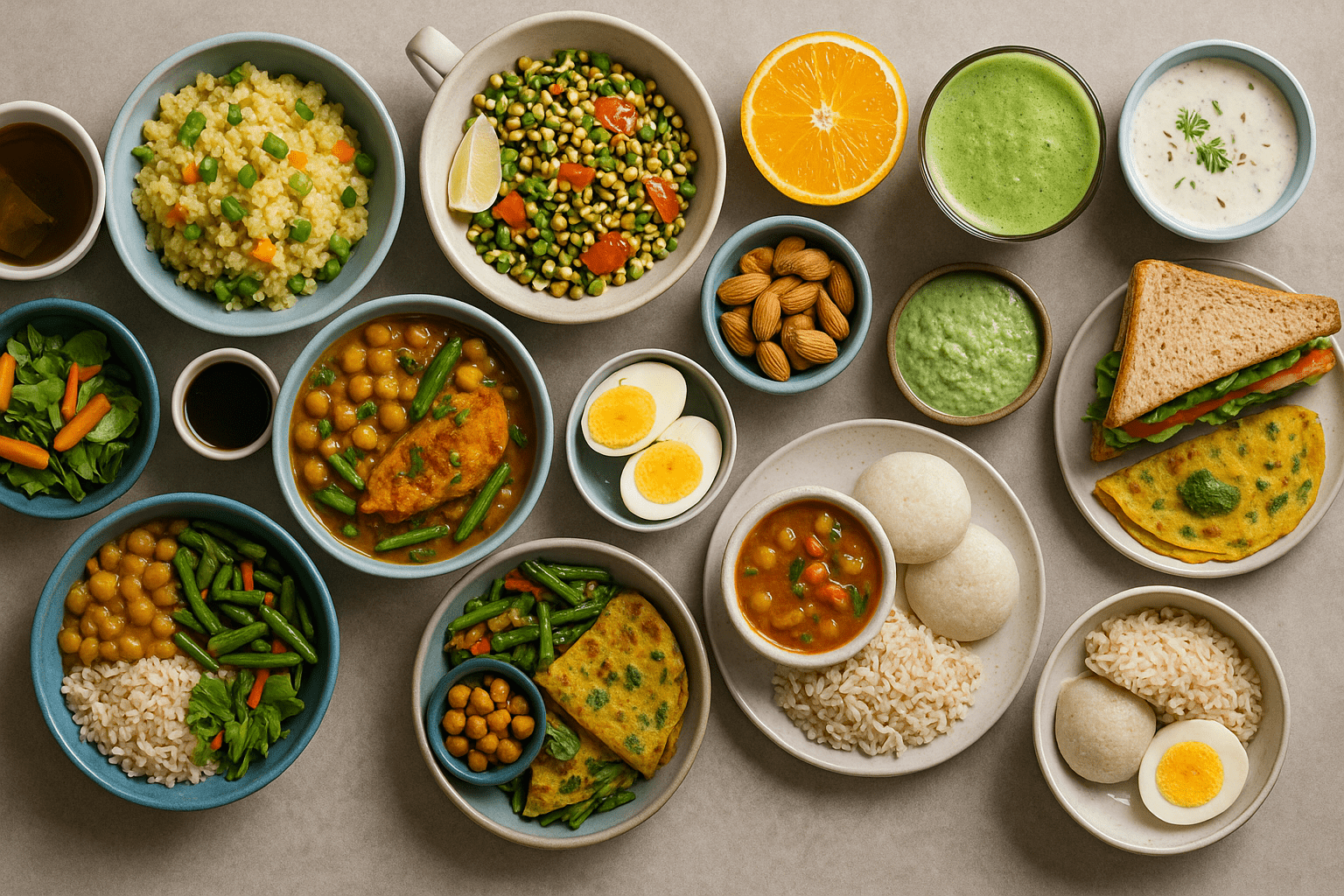
Focus: Balanced diet with portion control and high fiber intake.
Breakfast Options:
-
Vegetable oats upma + green tea
-
Sprouts salad with lemon + boiled egg
-
Besan chilla with coriander chutney
-
Vegetable sandwich (brown bread, low fat spread)
-
Idli + sambar + warm water
Mid Morning Snack Options:
-
Coconut water + handful of walnuts
-
Green tea + roasted peanuts
-
Orange or apple slices
-
Smoothie (spinach + banana + almond milk)
-
Buttermilk with cumin seeds
Lunch Options:
-
Brown rice + dal + sautéed beans + salad
-
Chapati (2) + chole + sautéed vegetables
-
Quinoa pulao with peas + paneer curry
-
Fish curry + brown rice + salad
-
Vegetable khichdi + cucumber raita
Evening Snack Options:
-
Herbal tea + roasted chana
-
Black coffee + fruit bowl
-
Warm water + boiled sweet potato
-
Vegetable soup + walnuts
-
Green tea + makhana
Dinner Options:
-
Soup + sautéed vegetables + grilled tofu
-
Paneer tikka + salad
-
Chicken breast + spinach sauté
-
Moong dal soup + chapati (1)
-
Vegetable stir fry + clear soup
Phase 3: Days 61–90 – Achieving Healthy Weight Loss
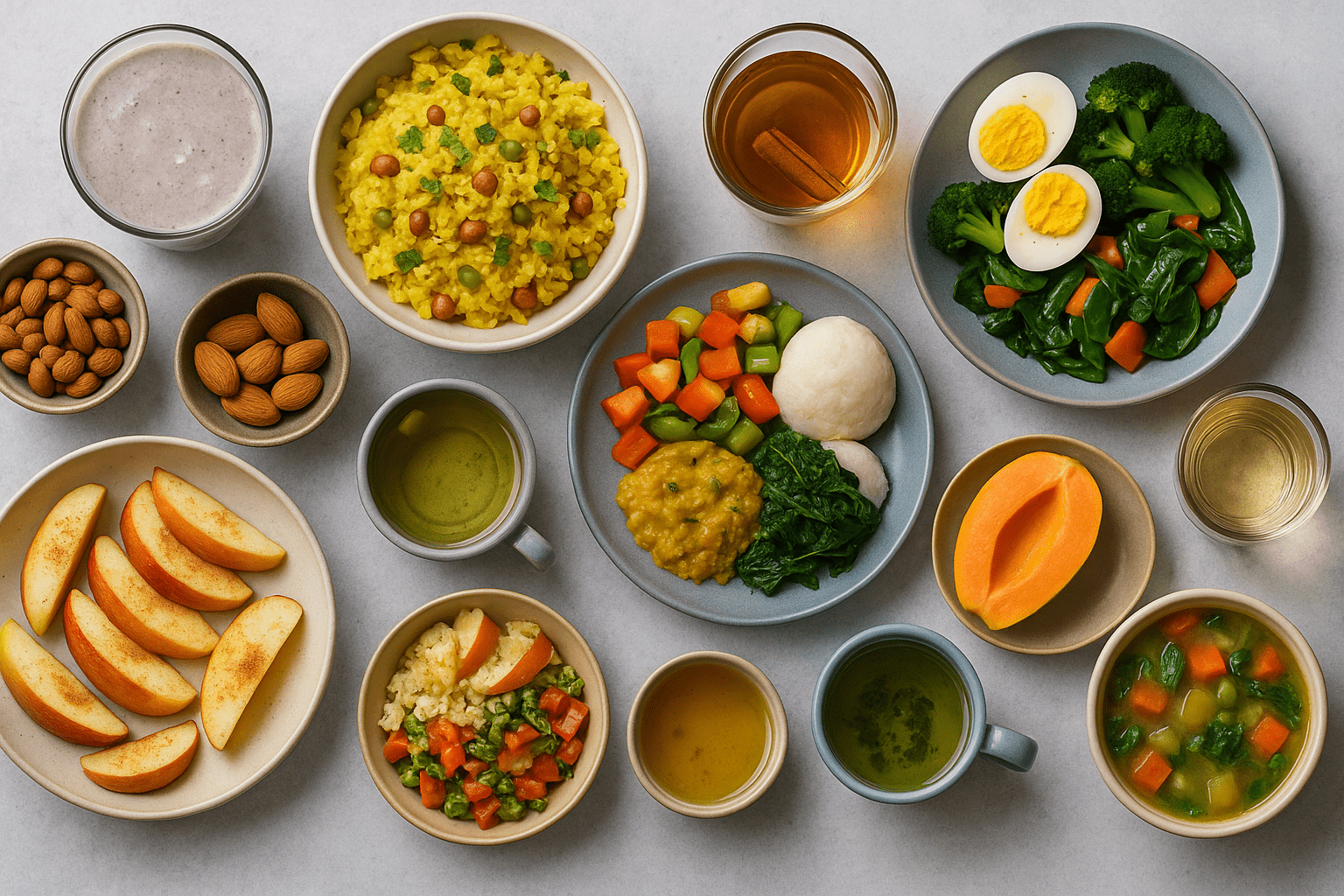
Focus: Refine your weight loss plan for long-term results.
Breakfast Options:
-
Smoothie with banana + oats + milk
-
Vegetable poha with peanuts + cinnamon water
-
Boiled eggs + sautéed vegetables + warm water
-
Idli with sambar + coconut chutney
-
Vegetable omelette + green tea
Mid Morning Snack Options:
-
Coconut water + handful of almonds
-
Green tea + roasted peanuts
-
Apple slices + cinnamon powder
-
Buttermilk + flax seeds
-
Papaya + warm water
Lunch Options:
-
Brown rice + dal + sautéed spinach + salad
-
Quinoa salad with grilled paneer and veggies
-
Chapati (2) + rajma curry + beans sabzi
-
Fish or chicken curry + brown rice + sautéed vegetables
-
Vegetable khichdi with curd
Evening Snack Options:
-
Green tea + roasted chana
-
Black coffee + walnuts
-
Herbal tea + sprouts salad
-
Warm water + boiled corn
-
Fruit bowl (mixed fruits + chia seeds)
Dinner Options:
-
Soup + tofu stir fry + sautéed vegetables
-
Paneer curry + sautéed spinach
-
Vegetable salad + boiled chickpeas
-
Chicken breast + mixed veggies
-
Moong dal soup + chapati (1)
“Want a structured meal chart you can stick to? Balance Bite offers practical, Indian-friendly diet plans you can start today.”
Exercise Routine and Physical Activity to Support Your Weight Loss Journey

1. Start with Daily Walking: Walking is simple and free. Aim for 30–45 minutes of brisk walking each day. Walking helps in burning calories and keeps your heart healthy. Many people lose weight easily when they start walking daily.
2. Add Strength Training Twice a Week: Strength training means lifting weights or using your own body weight. Squats, push-ups, and planks are great options. Building muscle increases your metabolism, which helps with healthy weight loss even while resting.
3. Include Cardio Workouts: Cardio exercises like cycling, jogging, or swimming boost your heart rate. This burns more calories in less time. Cardio is a proven way to support effective weight loss.
4. Practice Yoga or Stretching: Yoga improves flexibility and reduces stress. Simple stretches keep your muscles relaxed. Less stress means fewer cravings for unhealthy foods like fried foods and junk snacks.

5. Try HIIT (High-Intensity Interval Training): HIIT means short bursts of intense exercise followed by rest. Studies show HIIT can burn fat faster than steady workouts. Even 15–20 minutes of HIIT can help create a calorie deficit.
6. Make Daily Life More Active: Small changes add up. Use stairs instead of elevators. Walk while talking on the phone. Do household chores. This physical activity counts toward your weight loss plan.
7. Stay Consistent, Not Extreme: You don’t need to exercise for hours. What matters is regular practice. Consistency prevents injuries and makes your routine part of your lifestyle.
8. Listen to Your Body: Rest when you feel pain or fatigue. Overtraining can slow your progress. If you have health conditions, seek professional medical advice before starting new workouts.
This structured exercise routine ensures you lose weight safely, avoid weight gain, and build habits that last a lifetime.
"Diet and exercise go hand in hand. Pair your workouts with a Balance Bite nutrition plan to see faster and sustainable results.”
Foods to Eat and Foods to Avoid in Your Weight Loss Diet Plan
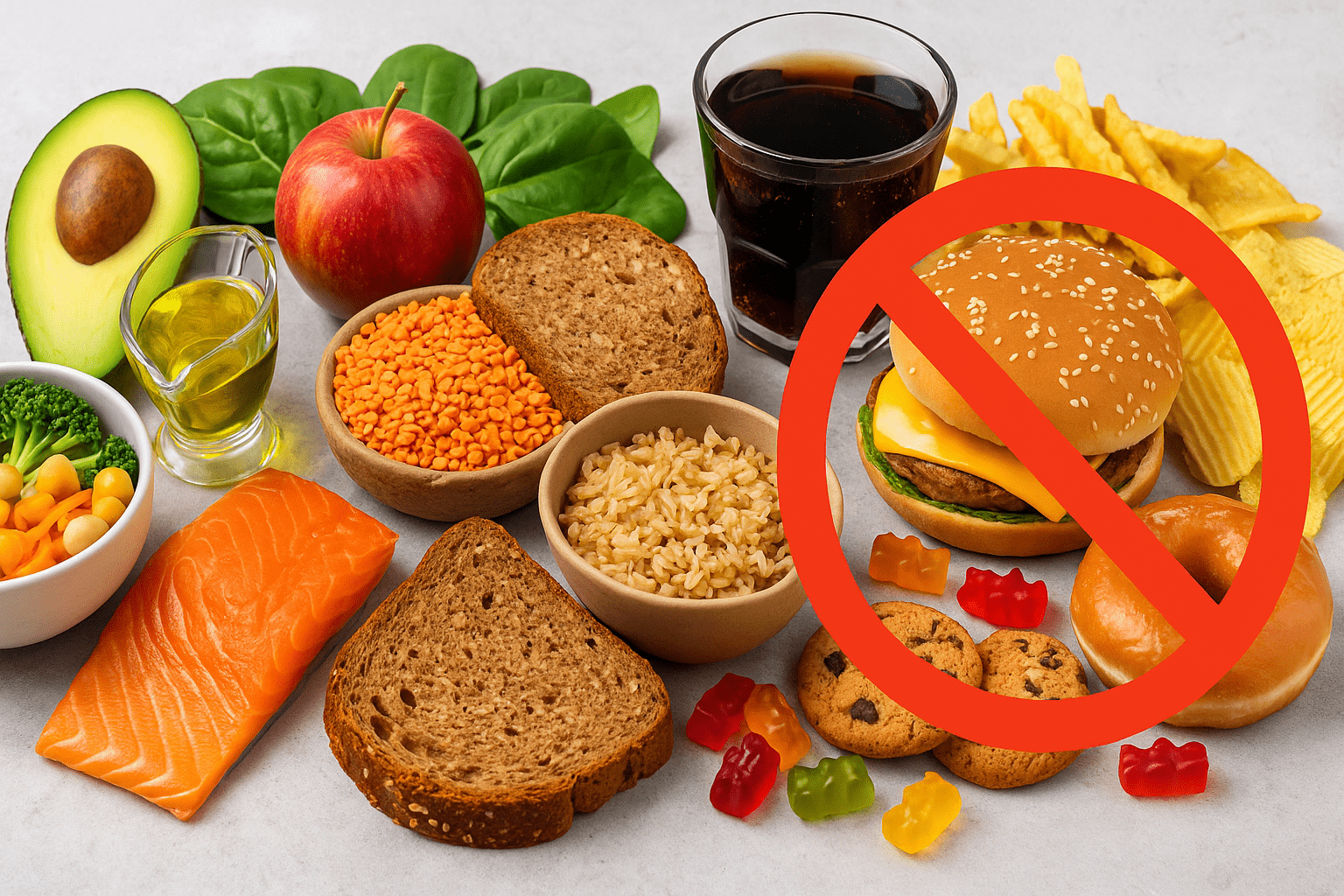
Foods to Eat
-
Whole Grains: Brown rice, quinoa, oats, and whole wheat bread. They are high fiber and keep you full for longer. Whole grains also help control sugar levels and calorie intake.
-
Fruits and Vegetables: Add apples, papaya, spinach, and sautéed vegetables. They give you vitamins, minerals, and fewer calories. Fruits are also a great mid morning snack.
-
Lean Proteins: Eggs, paneer, tofu, chicken breast, and fish. Protein builds muscle and prevents weight gain. It also reduces cravings for junk foods and processed foods.
-
Healthy Fats: Walnuts, almonds, flax seeds, and olive oil. These fats support heart health and effective weight loss. Eat small portions to avoid extra calories.
-
Hydrating Drinks: Drink water daily, green tea, cinnamon water, or coconut water. They keep you hydrated, improve digestion, and support burning calories. Avoid carbonated drinks and unhealthy beverages that add more calories.
Foods to Avoid
-
Fried Foods: Items like pakoras, samosas, and French fries may taste good, but they are loaded with unhealthy fat. Fried foods slow digestion and make weight gain more likely. Studies show fried foods increase the risk of obesity and other health conditions.
-
Junk Foods & Processed Foods: Chips, pizzas, burgers, and packaged snacks are high in sugar, refined foods, and salt. They don’t provide real nutrients and leave you hungry soon after. The WHO warns that eating processed foods regularly leads to long-term health risks.
-
Sugary and Bakery Products: Cakes, cookies, and pastries add empty calories and spike blood sugar. This makes you crave more food later. Avoiding bakery products helps you control calorie intake and stick to your diet chart.
-
Carbonated Drinks: Soft drinks and energy drinks are full of added sugar. Even diet sodas can trigger cravings for sweet foods. Replace them with water daily, green tea, or coconut water.
-
Unhealthy Foods in Disguise: Packaged “low fat” or “sugar-free” snacks may look healthy but often contain hidden sugar and processed ingredients. Always check food labels before you eat. Stick to whole foods instead of these tricky substitutes.
Important Instructions from Expert Dietitians and Healthcare Providers

-
Don’t Skip Meals: Skipping meals may sound like a fast way to lose weight, but it often backfires. You end up eating more later and choose unhealthy foods. Instead, follow a proper diet chart with breakfast, lunch, dinner, and healthy snacks.
-
Follow Portion Control: Eating too much—even healthy foods—adds more calories than you need. Use smaller plates and track your calorie intake. Portion control makes your weight loss diet plan easier to follow without feeling hungry.
-
Stay Hydrated Daily: Water is your best friend in this journey. Drink at least 2–3 liters of water daily, along with green tea, coconut water, or cinnamon water. Staying hydrated improves digestion and supports healthy weight loss.
-
Balance Food Groups: Your meals should include whole grains, lean proteins, fruits, vegetables, and healthy fats. A balanced diet gives your body the nutrients it needs while preventing cravings for fried foods, bakery products, or junk foods.
-
Stay Consistent with Physical Activity: Diet and exercise go hand in hand. Add at least 30 minutes of walking, strength training, or yoga to your daily life. Physical activity helps in burning calories and keeps your metabolism active.
-
Monitor Health Conditions: If you have diabetes, thyroid, or heart problems, always seek professional medical advice before changing your diet plan. Monitoring your health conditions keeps you safe while following an 80 kg to 60kg weight loss diet plan.
-
Set Realistic Goals: Don’t try to lose weight fast by extreme dieting. Set small, realistic goals like 2–3 kg per month. This approach makes results sustainable and avoids weight gain later. As Harvard Health Publishing explains, “Gradual weight loss is more likely to be sustainable than dramatic drops.”
Tips to Stay Motivated on Your 80 kg to 60 kg Weight Loss Diet Plan

-
Set Small, Achievable Goals: Don’t aim to lose all 20 kg at once. Start with 2–3 kg per month. Small wins make your diet plan easier to follow and keep you motivated.
-
Celebrate Non-Scale Victories: Weight loss is not only about numbers. Notice how your clothes fit, your energy levels, or how you avoid unhealthy foods. These are signs your diet chart is working.
-
Find a Support System: Share your goals with family, friends, or join an online group. Support makes the weight loss journey easier. Encouragement helps you stay on track when you feel tired.
-
Reward Yourself (the Healthy Way): Skip bakery products or fried foods as rewards. Instead, buy new workout gear, plan a fun activity, or take a short trip. Healthy rewards keep you excited.
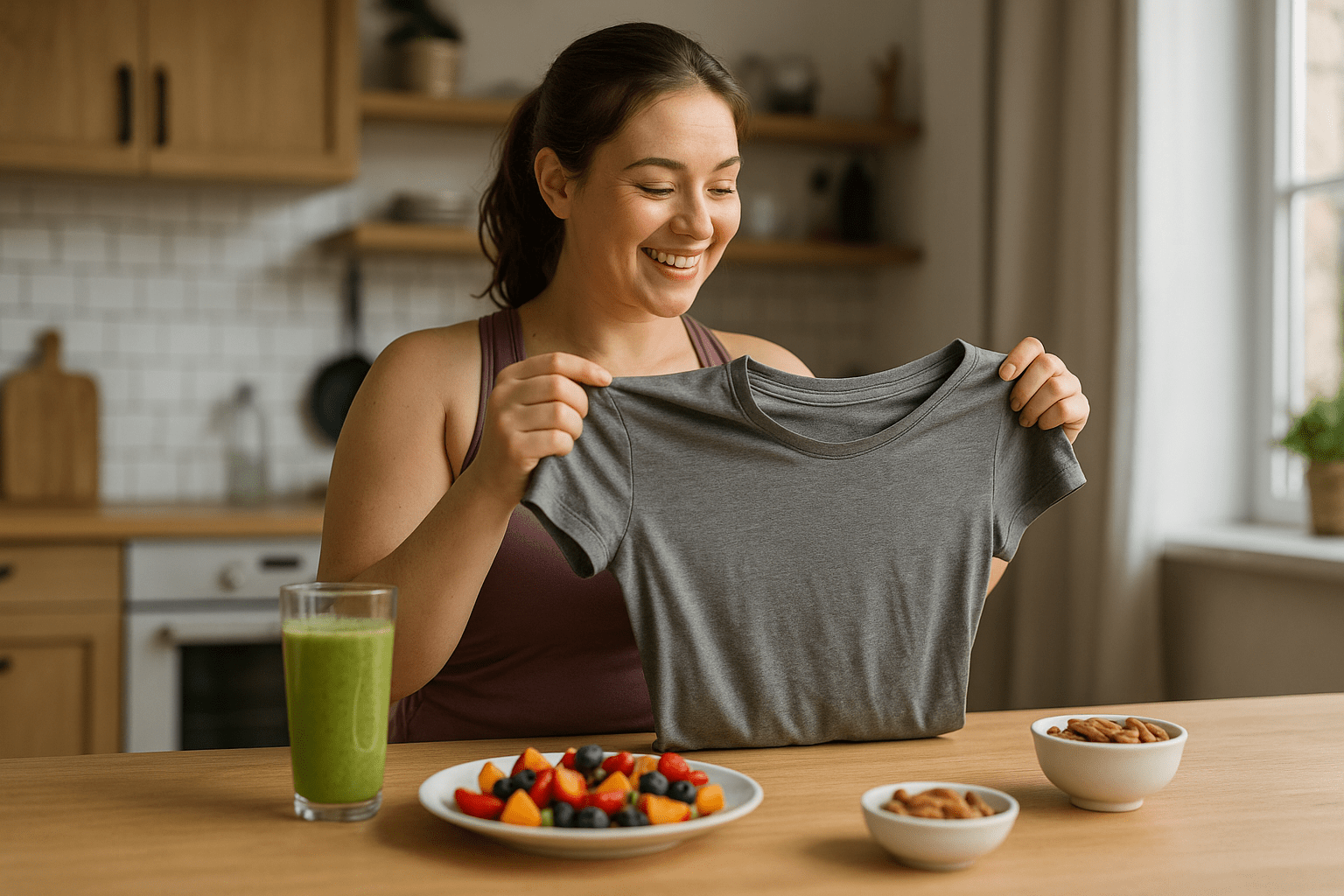
-
Plan for Cravings: Cravings will happen. Instead of junk foods, prepare healthy snacks like roasted chana, walnuts, or fruits. This keeps calorie intake under control.
-
Stay Flexible, Not Perfect: One bad meal won’t ruin your progress. Don’t quit your weight loss diet because of one mistake. Get back to your plan at the next meal. Consistency matters more than perfection.
-
Keep Reminding Yourself Why You Started: Write down your reasons—better health, more energy, or improved lifestyle. Read them when you feel like giving up. This reminder helps you stay motivated for long-term results.
Frequently Asked Questions on Weight Loss and Diet Plans

1. Can you lose weight fast with this 90-day diet plan?
Yes, but safely. The 80 kg to 60kg weight loss diet plan is designed to help you lose about 0.5–1 kg per week. Health experts, including the CDC, say this is the best speed for healthy weight loss.
Losing weight too fast with crash diets or skipping meals often leads to weight gain later. A structured diet plan and exercise routine keep results steady and long-lasting.
2. How does a diet chart help in building healthy habits?
A diet chart works like a roadmap. It tells you what to eat, when to eat, and how much to eat.
When you follow a chart with whole grains, fruits, vegetables, and lean proteins, you avoid unhealthy foods and balance your calorie intake. Over time, these choices become habits.
A clear diet chart also prevents confusion, so you don’t reach for junk foods during your weight loss journey.
3. What foods should you absolutely avoid for effective weight loss?
To see results, avoid:
-
Fried foods – they add more calories and unhealthy fats.
-
Junk foods & processed foods – like chips, pizzas, and packaged snacks.
-
Sugary and bakery products – cakes, cookies, and pastries spike blood sugar.
-
Carbonated drinks – sodas and energy drinks contain empty calories.
-
Unhealthy foods in disguise – “low-fat” or “sugar-free” snacks often have hidden sugar.
Cutting these helps you stick to your weight loss diet plan and see faster progress.
4. What is the 3 3 3 rule for weight loss?
The 3 3 3 rule is a simple method. It means:
-
3 meals per day – breakfast, lunch, and dinner.
-
3 snacks per day – healthy options like fruits, roasted chana, or walnuts.
-
3 hours apart – spacing your meals and snacks every few hours.
This rule prevents skipping meals, controls cravings, and keeps your metabolism active. It works well when paired with an 80 kg to 60kg weight loss diet plan and daily physical activity.
“Your transformation is possible—but you don’t have to do it alone. With Balance Bite’s customized diet support, you can stay on track and enjoy real food while losing weight.”
Final Note
Reaching your goal weight takes patience and focus. The 80 kg to 60kg weight loss diet plan is not about quick fixes—it’s about building habits you can follow every day.
Start small with a sample diet plan, add daily physical activity, and track your progress. Simple swaps like choosing fruits or a light walnuts lunch instead of fried foods can make a big difference.
Always balance your meals and consume enough nutrients from whole foods. Remember, moving from 80kg to 60kg is possible when you stay consistent, stay motivated, and trust the process.




















Leave a comment
Translation missing: en.blogs.comments.discription